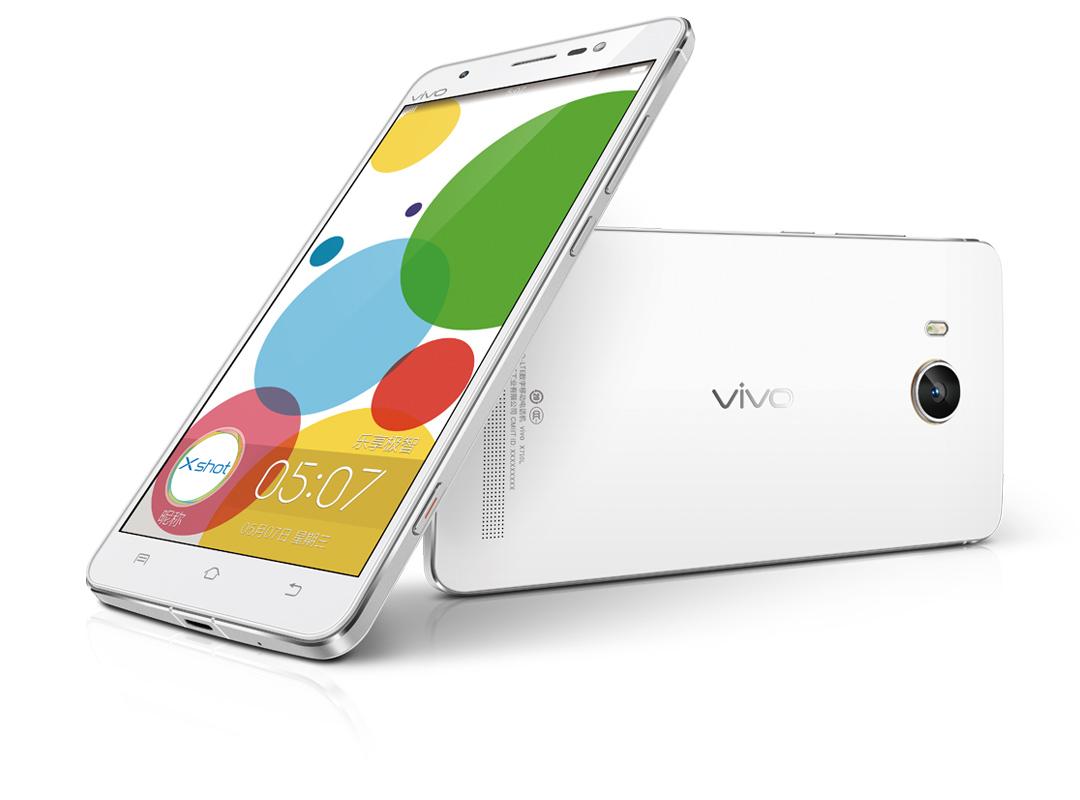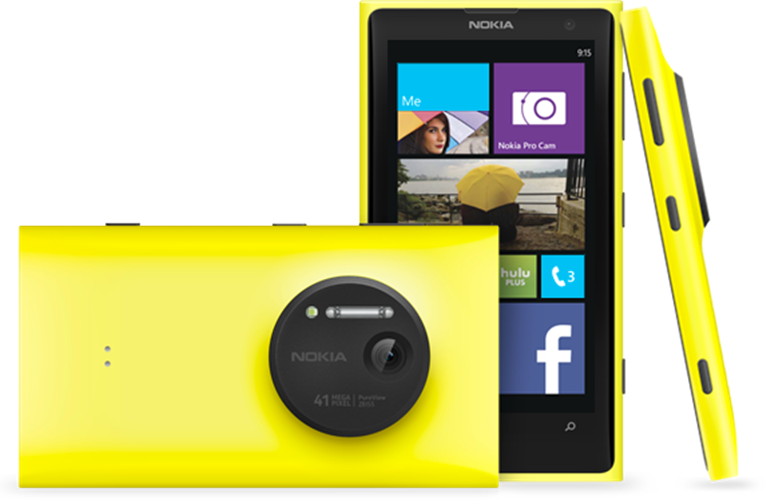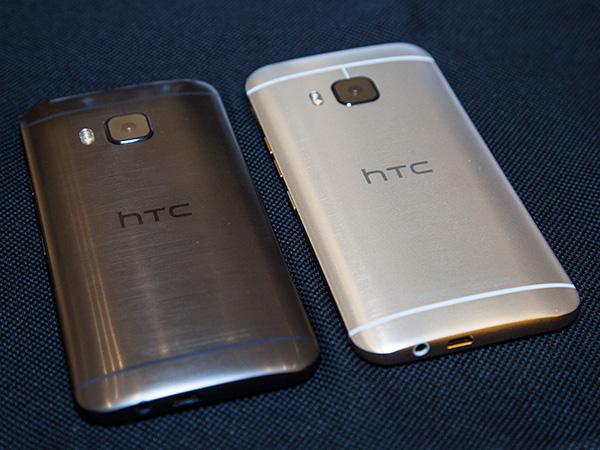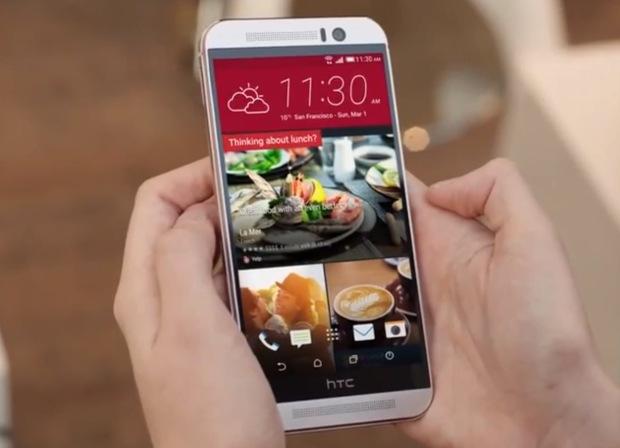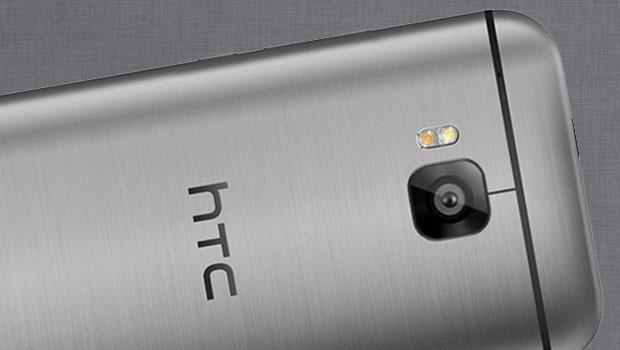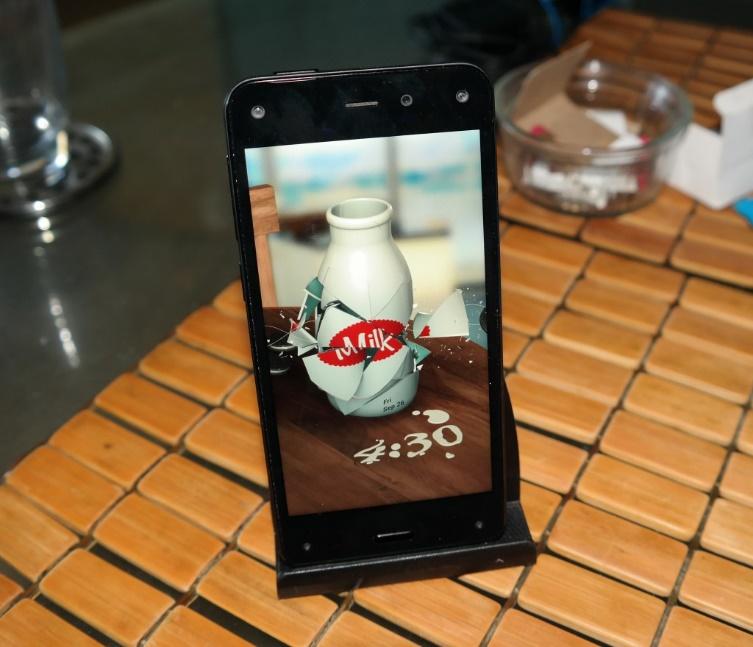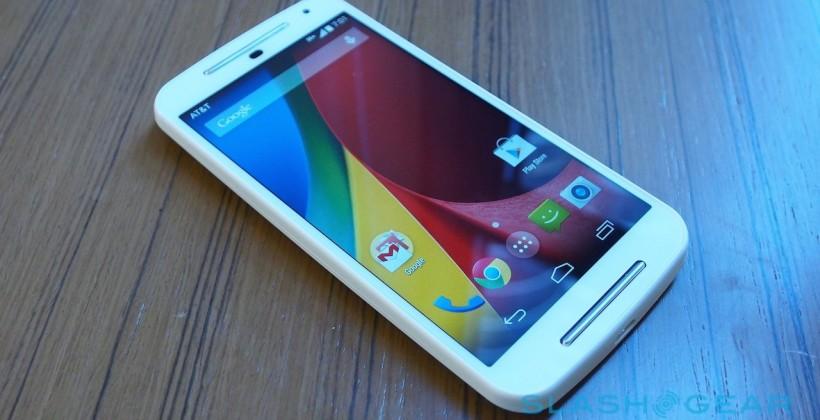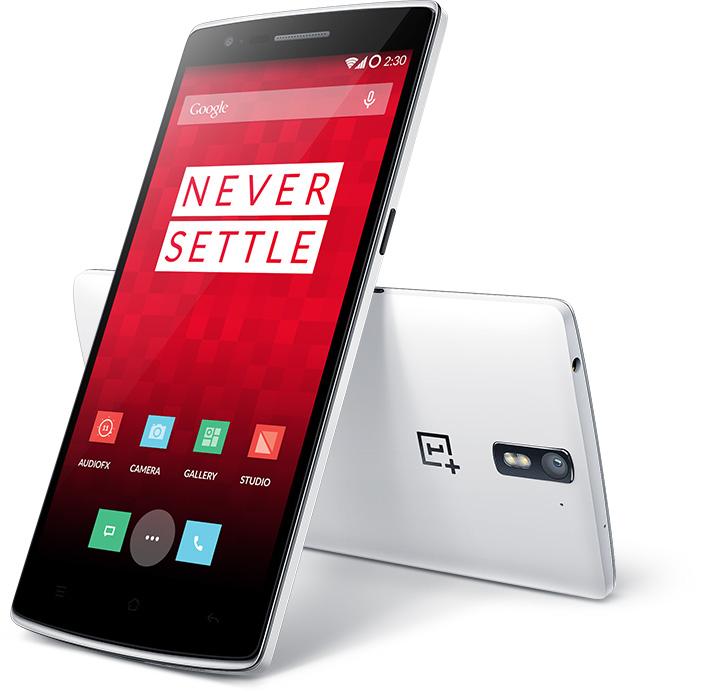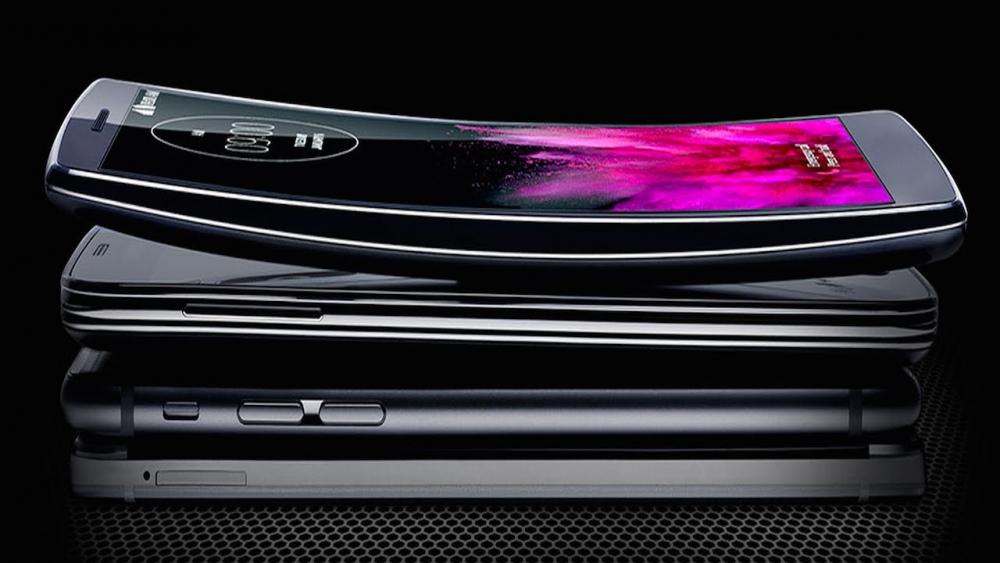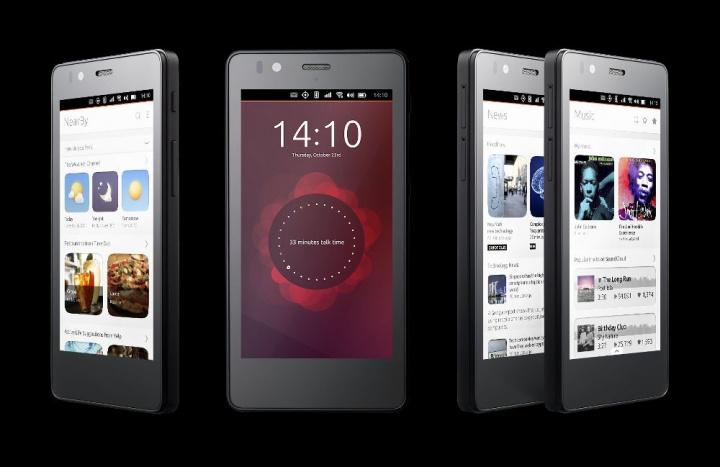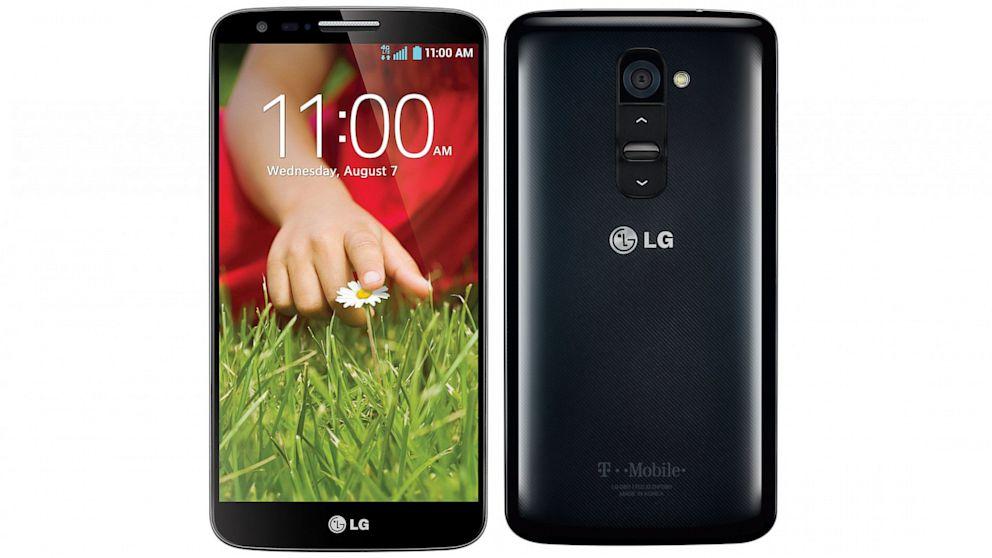Another Chinese flagship mobile phone has rocked the market, but with a twist. The Vivo Xshot is a uniquely built phone flaunting a premium finish, unnerving specifications, and a camera setup that almost puts it in a niche of its own.
The Vivo Xshot is available in two variations. The first one is powered by a Qualcomm Snapdragon 801 SoC, with four CPU cores clocked at 2.3 GHz, 3GB of RAM and 32GB of storage. The second version, which also is lighter to hold, wraps up a Snapdragon 800 processor, 2GB of RAM and 16GB of built-in memory. Besides the feature differences, the two handsets appear nearly identical. It is true that both of these variants are typical of most 2014 flagship phones. However, we do not mean that as a criticism. After all, the Vivo Xshot came into the market last summer, similar to the Samsung Galaxy Note 3, but with a more conformed price.
Here are the key features of the device:
-
5.2″ 16M-color 1080p IPS LCD capacitive touchscreen
-
Quad-core Qualcomm MSM8974AA Snapdragon 801 or Snapdragon 800 at 2.3 GHz, 2/3 GB RAM and Adreno 330 GPU.
-
Rear camera of 13 mega pixels with 4K video, OIS, f/1.8 and dual-tone flash; 8MP, wide (84 degree) front-facing camera with LED flash and 720p video.
-
Exclusive two-stage camera shutter button.
-
16GB of built-in storage and a microSD card slot
-
LTE Cat. 4 (150Mbps), Wi-Fi a/b/g/n, GPS/GLONASS receiver, Bluetooth v4.0
-
Standard 3.5mm audio jack
-
Accelerometer, proximity sensor, gyroscope and compass
-
Active noise revoking with a dedicated mic
-
2,600mAh non-removable battery
While the phone offers many useful and innovative features, it also has some disadvantages. Apparently, it is stuck on Android 4.3 Jelly Bean with no UI update. The battery cannot be removed and is of a rather limited capacity. There is no actual WiFi AC support and even the user interface appears to be confusing at times owing to poor translation. The Xshot is equipped with a 5.2-inch IPS LCD panel of full HD resolution and 424ppi. It has a sharp, clear display, but it tends to get quite reflective at times.
Nevertheless, the camera setup is worthy of applause as the Xshot uses an ambitious 13MP sensor, complete with an f/1.8 aperture, optical image stabilization and 4K video recording potential. Even the front-facing camera is great at 8 megapixels. It even has a dedicated LED flash for captures, so selfies should also come out quite nice!
Overall, the device is a fruitful experience for a specification-centric user and worth the money users will invest in it.
